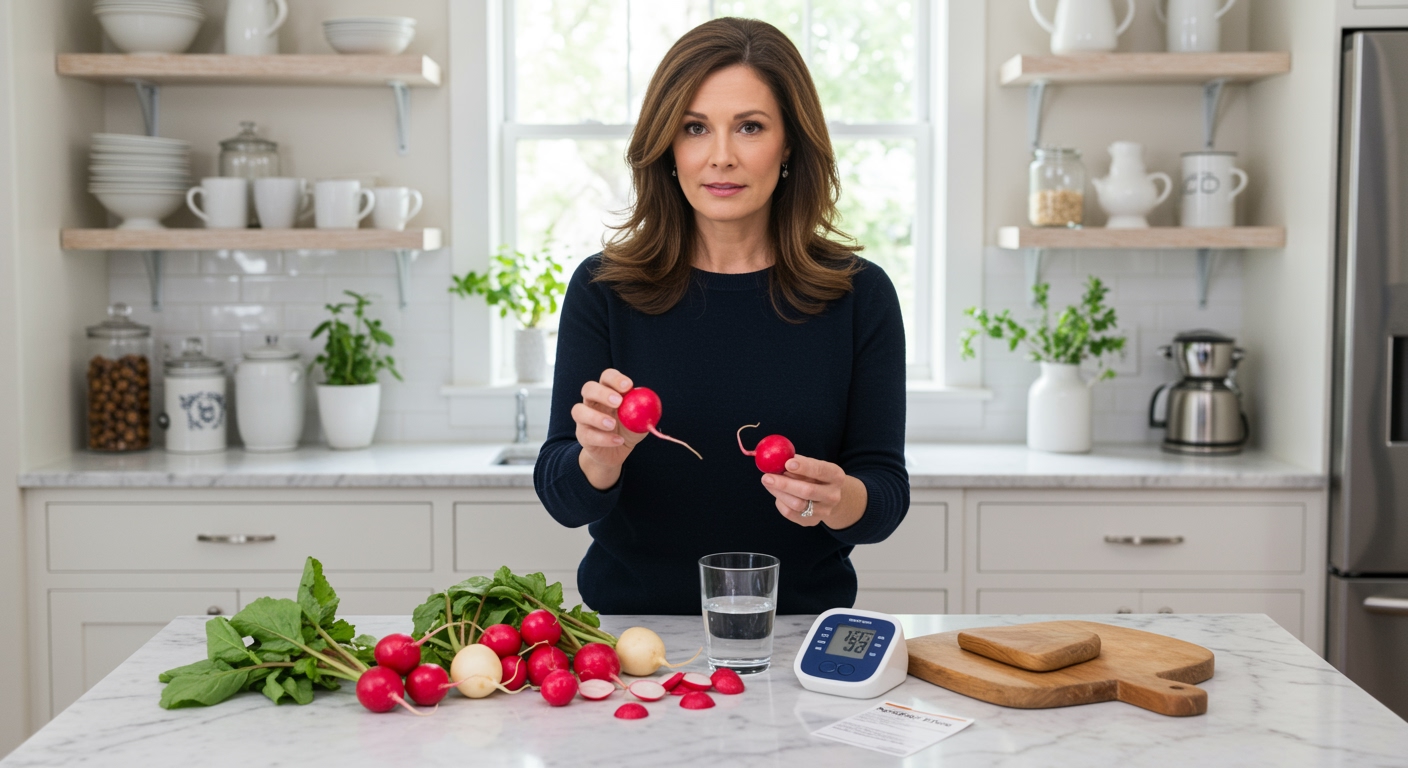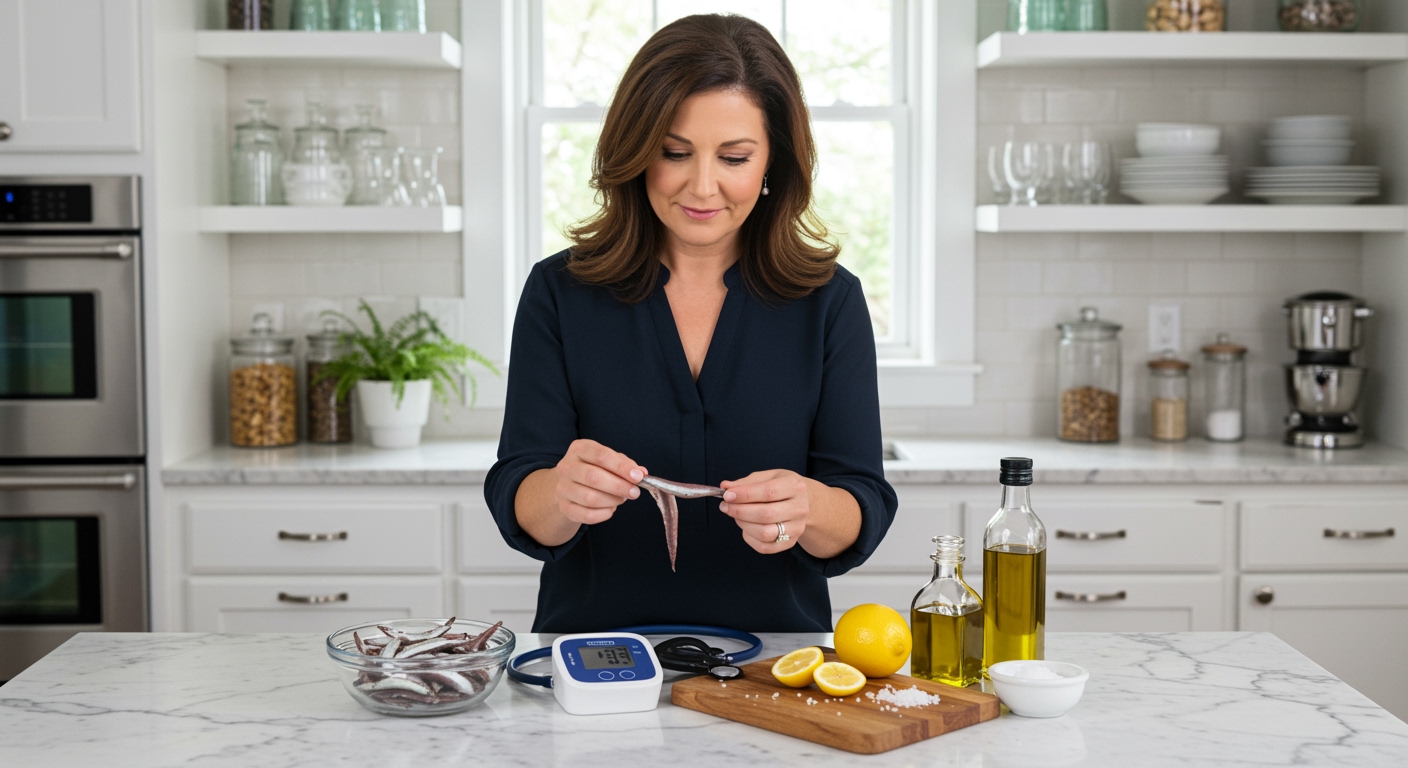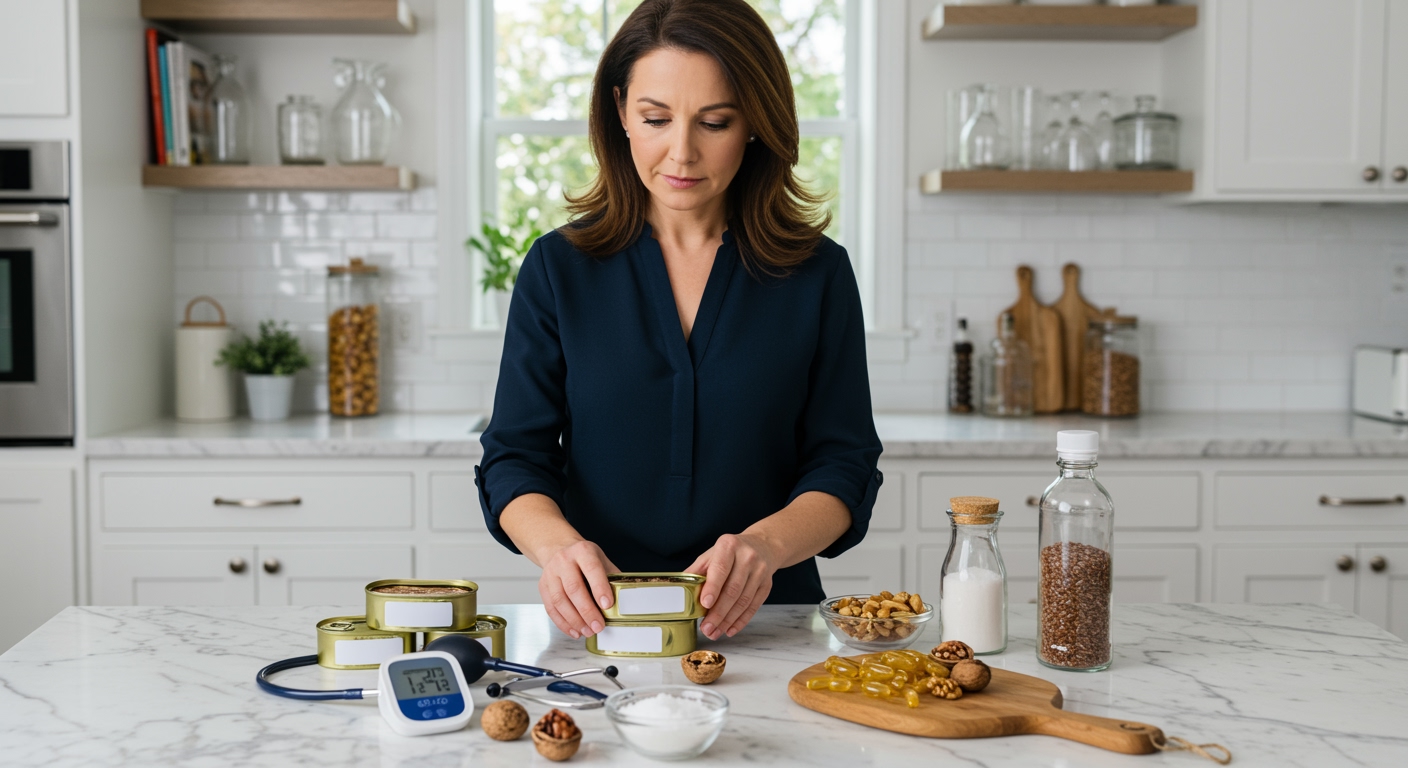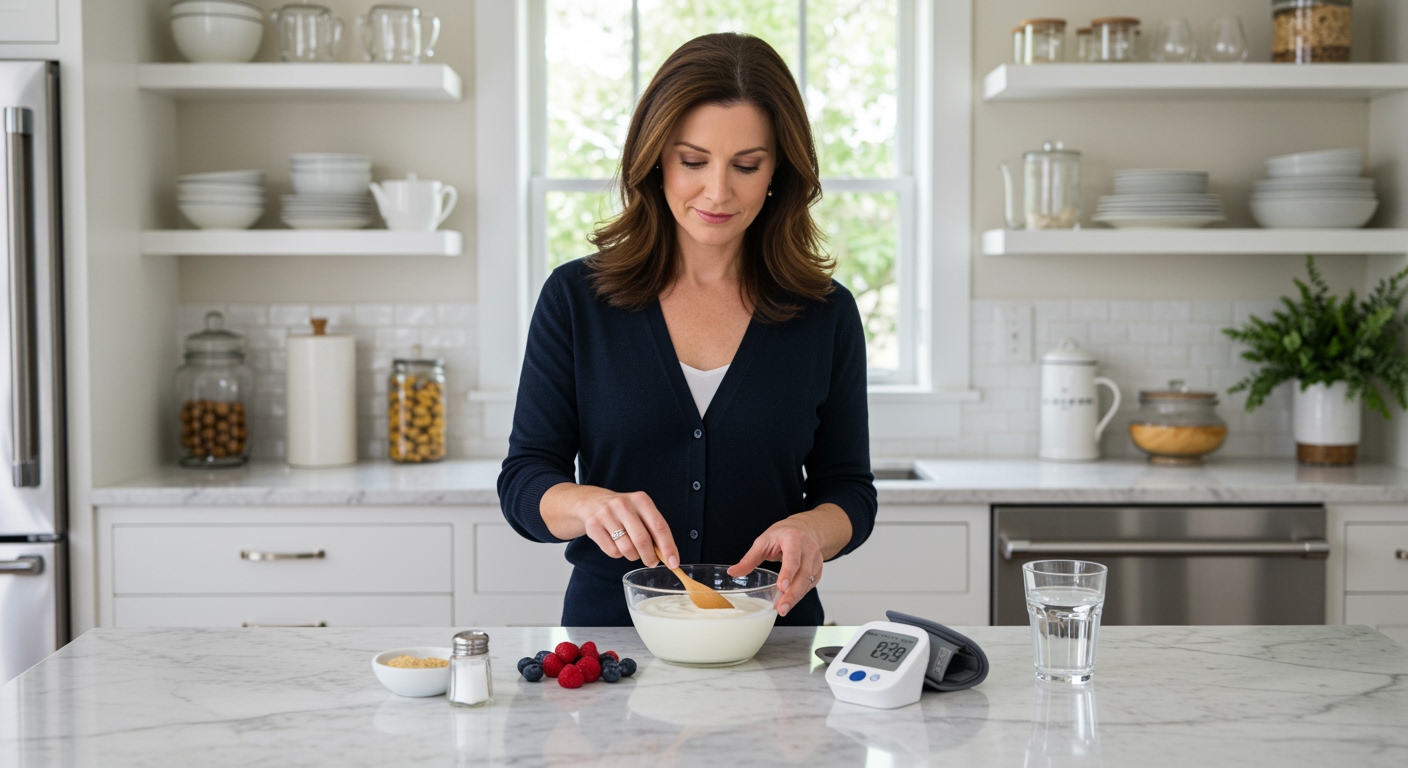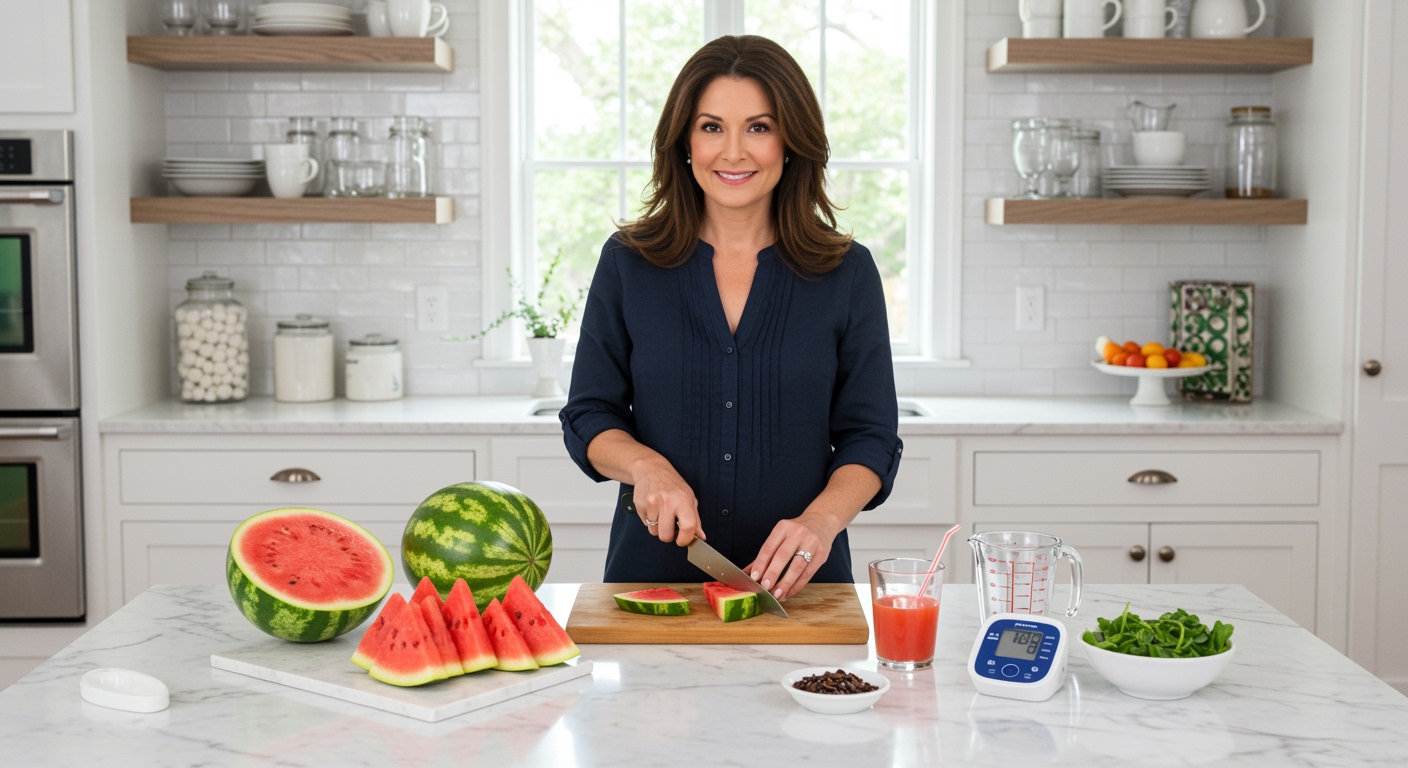✪ Key Takeaway: Hypotension patients can safely eat radishes in normal amounts, but should monitor their response carefully.
Introduction
You grab a radish from your refrigerator and wonder if this crunchy vegetable might drop your already low blood pressure even further.
Many people with hypotension worry about foods that might lower their blood pressure because they already struggle with dizziness, fatigue, and fainting spells.
Hi, I’m Abdur, your nutrition coach, and today I’m going to explain exactly how radishes affect blood pressure and whether hypotension patients need to avoid them.
Do Radishes Actually Lower Blood Pressure?
Radishes contain potassium and nitrates, two compounds that can influence blood pressure regulation in your body.
The potassium content in radishes helps your kidneys remove excess sodium through urine, which typically leads to blood pressure reduction in people with normal or high blood pressure.
Nitrates in radishes convert to nitric oxide in your blood vessels, causing them to relax and widen, which can lower blood pressure temporarily.
However, the amounts of these compounds in radishes are relatively small compared to other vegetables like beets or leafy greens.
A typical serving of radishes contains about 270 milligrams of potassium, which is modest compared to the 3,500-4,700 milligrams your body needs daily for optimal function.
Research shows that you would need to consume large quantities of radishes regularly to see significant blood pressure changes.
✪ Fact: One cup of radishes provides only about 8% of your daily potassium needs.
What Makes Hypotension Different From High Blood Pressure?
Your body responds differently to foods when you have low blood pressure compared to high blood pressure.
People with hypotension often have impaired blood vessel responses, meaning their vessels might not constrict properly when needed to maintain adequate pressure.
Your kidneys also work differently with low blood pressure, often retaining more sodium and water to help maintain blood volume and pressure.
This means the same foods that help people with high blood pressure might not have the same dramatic effects on those with hypotension.
Your body’s compensatory mechanisms often counteract mild blood pressure lowering effects from foods like radishes.
Additionally, people with hypotension typically need more sodium in their diet, not less, which changes how potassium-rich foods affect them.
✪ Pro Tip: Monitor your symptoms after eating radishes to understand your individual response.
How Much Radish Is Safe For Low Blood Pressure?
Most hypotension patients can safely consume normal serving sizes of radishes without experiencing problematic blood pressure drops.
A typical serving of 5-6 small radishes or half a cup of sliced radishes contains modest amounts of blood pressure-affecting compounds.
The key is avoiding excessive consumption of radishes, especially if you already take medications for low blood pressure.
Start with small amounts and pay attention to how your body responds over the next few hours after eating radishes.
If you notice increased dizziness, fatigue, or lightheadedness after eating radishes, consider reducing your portion size or frequency.
Remember that cooking radishes can reduce their potassium content slightly, making them potentially safer for people with severe hypotension.
Always eat radishes as part of a balanced meal rather than on an empty stomach to minimize any potential blood pressure effects.
✪ Note: Combining radishes with sodium-rich foods can help balance their blood pressure effects.
When Should You Avoid Radishes Completely?
You should avoid radishes if you have severe hypotension with systolic pressure consistently below 90 mmHg.
People taking medications like fludrocortisone or midodrine for low blood pressure should be extra cautious with potassium-rich foods like radishes.
If you experience frequent fainting episodes or severe orthostatic hypotension, avoiding radishes temporarily might help stabilize your condition.
Those with kidney problems combined with low blood pressure should limit radishes because their kidneys cannot properly regulate potassium levels.
Pregnant women with hypotension should consult their healthcare provider before consuming large amounts of radishes regularly.
If you notice your blood pressure dropping significantly after eating radishes, eliminate them from your diet and speak with your healthcare provider.
✪ Pro Tip: Keep a food and symptom diary to identify your personal trigger foods.
What Are Better Food Choices For Hypotension?
Focus on foods that help maintain or raise blood pressure naturally instead of worrying about avoiding radishes.
Increase your intake of sodium-rich foods like pickles, olives, and properly salted meals to help maintain blood volume.
Choose foods high in vitamin B12 and folate, such as eggs, dairy products, and leafy greens, which support healthy blood cell production.
Include more fluids in your diet, especially water and beverages with electrolytes, to maintain proper blood volume.
Consider adding small amounts of caffeine through coffee or tea, which can temporarily raise blood pressure when consumed in moderation.
Eat smaller, more frequent meals to prevent post-meal blood pressure drops that commonly affect people with hypotension.
Include complex carbohydrates and lean proteins in each meal to maintain steady blood sugar and pressure levels throughout the day.
✪ Fact: Drinking 16 ounces of water can temporarily raise blood pressure by 10-15 mmHg.
The Bottom Line
Most people with hypotension can safely include radishes in their diet without significant concerns about blood pressure drops.
Your body is smarter than you think, and it will usually compensate for minor dietary influences on blood pressure.
I would love to hear about your experiences with radishes and low blood pressure in the comments below, and feel free to share any questions you might have about managing hypotension through diet.
References
At NutritionCrown, we use quality and credible sources to ensure our content is accurate and trustworthy. Below are the sources referenced in creating this article:
- PMC: Cardiovascular Effects of Radish
- WebMD: Health Benefits of Radish
- Hindustan Times: Heart Health Benefits of Radish
- CVG Cares: Radishes and Cardiovascular Health
